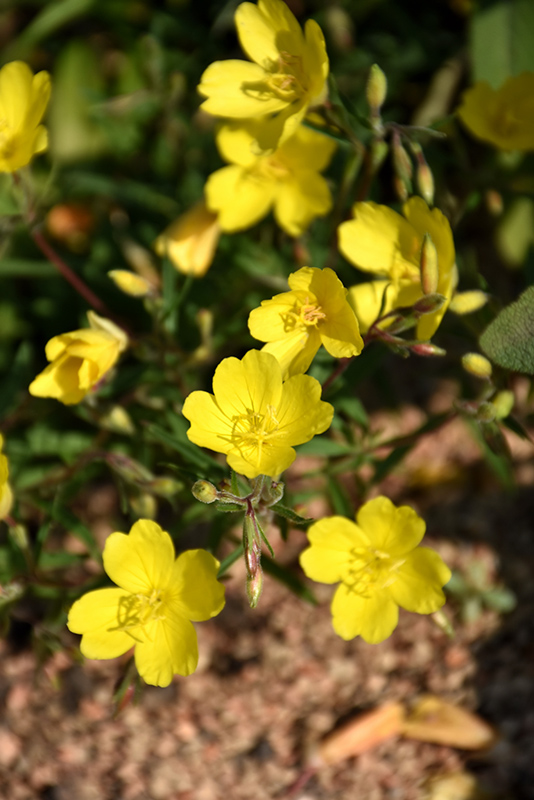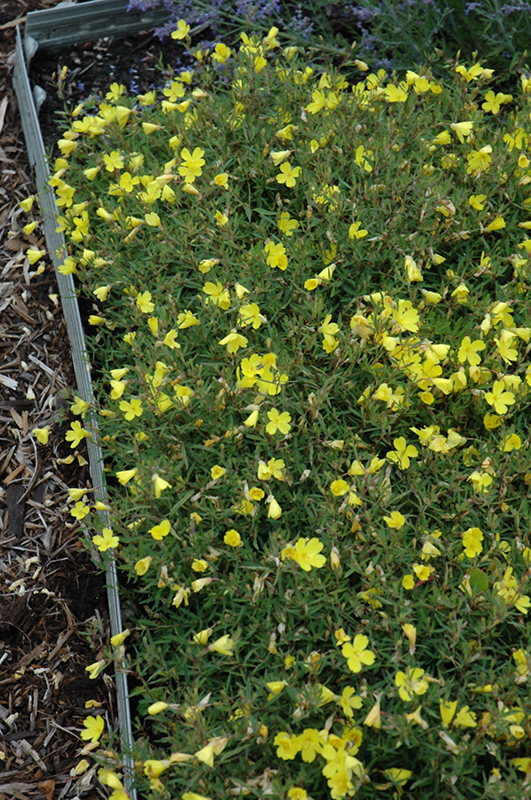>> Home
Plant Height: 8 inches
Flower Height: 12 inches
Spacing: 12 inches
Sunlight:
![]()
![]()
Hardiness Zone: 4b
Other Names: Evening Primrose
Brand: Proven Winners
Description:
An attractive mounded plant holding bright yellow cup-shaped flowers above fine sea-green foliage all summer; a vigorous grower that tolerates difficult conditions; excellent for sunny dry areas, containers and rock gardens
Ornamental Features
Lemon Drop Primrose has masses of beautiful lightly-scented yellow cup-shaped flowers along the stems from late spring to late summer, which are most effective when planted in groupings. Its narrow leaves remain bluish-green in color throughout the season.
Landscape Attributes
Lemon Drop Primrose is an herbaceous perennial with an upright spreading habit of growth. Its medium texture blends into the garden, but can always be balanced by a couple of finer or coarser plants for an effective composition.
This is a relatively low maintenance plant, and is best cleaned up in early spring before it resumes active growth for the season. It is a good choice for attracting butterflies to your yard. It has no significant negative characteristics.
Lemon Drop Primrose is recommended for the following landscape applications;
- Mass Planting
- Border Edging
- General Garden Use
- Groundcover
- Naturalizing And Woodland Gardens
Planting & Growing
Lemon Drop Primrose will grow to be about 8 inches tall at maturity extending to 12 inches tall with the flowers, with a spread of 14 inches. When grown in masses or used as a bedding plant, individual plants should be spaced approximately 12 inches apart. Its foliage tends to remain low and dense right to the ground. It grows at a fast rate, and under ideal conditions can be expected to live for approximately 10 years. As an herbaceous perennial, this plant will usually die back to the crown each winter, and will regrow from the base each spring. Be careful not to disturb the crown in late winter when it may not be readily seen!
This plant does best in full sun to partial shade. It prefers dry to average moisture levels with very well-drained soil, and will often die in standing water. It is considered to be drought-tolerant, and thus makes an ideal choice for a low-water garden or xeriscape application. It is not particular as to soil type or pH. It is somewhat tolerant of urban pollution. This particular variety is an interspecific hybrid. It can be propagated by division; however, as a cultivated variety, be aware that it may be subject to certain restrictions or prohibitions on propagation.

